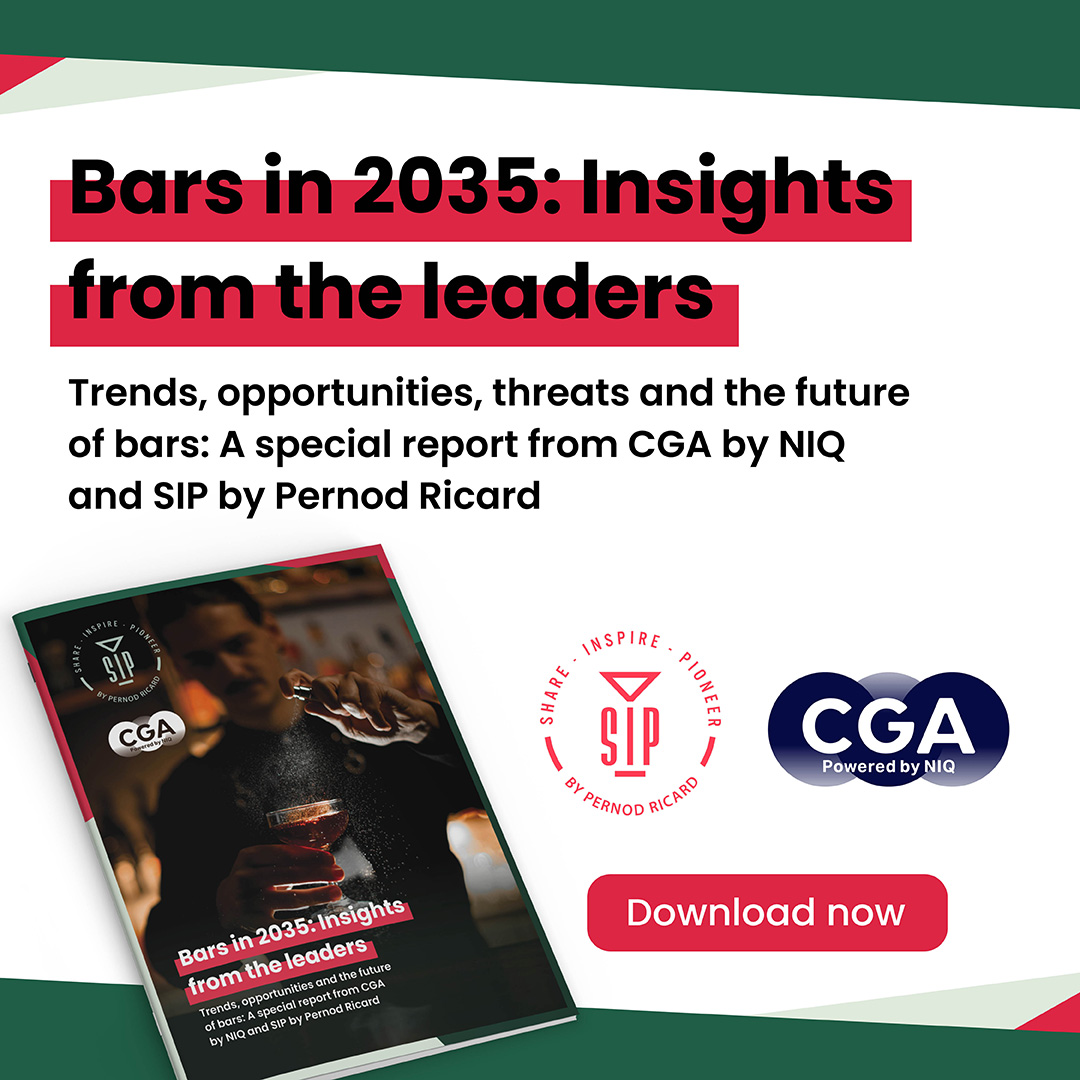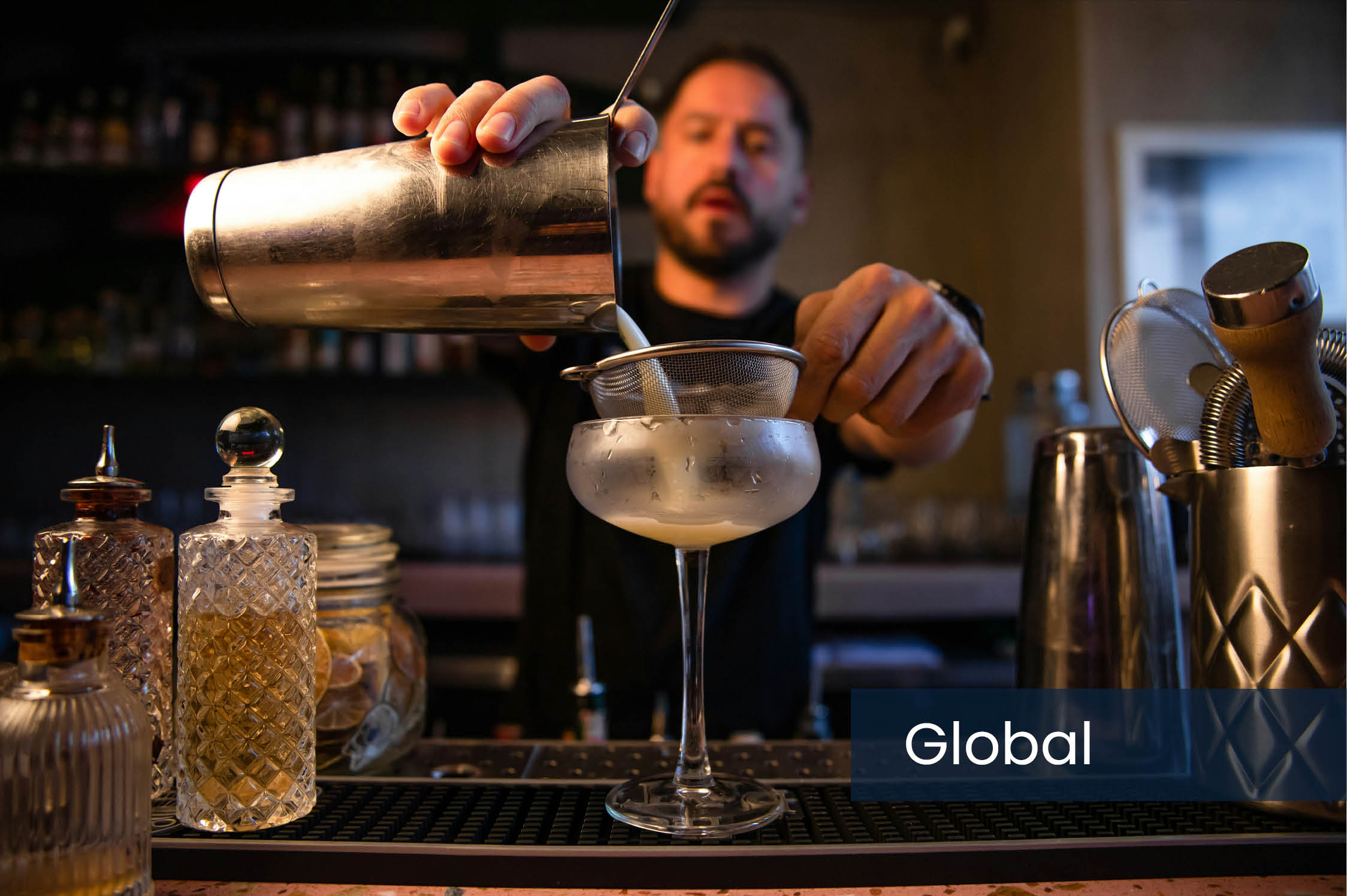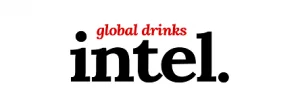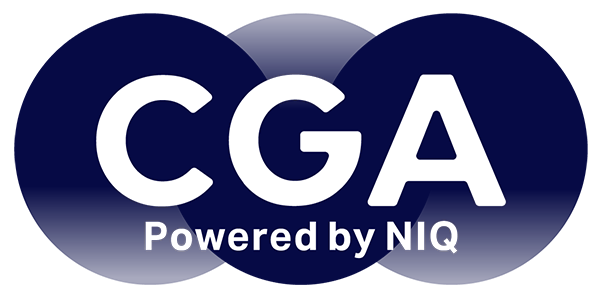
A strategy to target the uppermost 1% of bars and bartenders through expensive listing deals and industry events has been a widely adopted and largely fruitful method to seed brands in influential establishments, but is the drinks sector missing a trick with such a focus on the top-end?
It was an absolute pleasure to host the ‘Bars in 2035’ – Pernod Ricard SIP roundtable late last year; a fascinating discussion at a first-of-a-kind meeting of minds, bringing together the most well-known, innovative and celebrated bartenders in the world, all of whom had cut their teeth and enhanced their reputations at the most prestigious and influential venues around.
The attendees were fantastic value, providing cutting edge opinion and genuine insight, but their profile is reflective of a relentless focus from drinks brands on the very highest echelon of bartender and bar. And it makes sense. The theory goes that by cosying up to this top 1%, showcasing the best of your products and telling the stories to develop emotional relationships, they too will then spread the good word.
And, even in the heady days of social media influencers, there is nobody better to advocate for drinks brands than the maestros of the sector; the bartenders who turn products into experiences and liquids into stories. Indeed, the sphere of influence of the very best bartenders extends far and wide, in both the sector bubble of fellow bartenders and to the educated consumers who seek out celebrity bartenders like a butterfly collector travelling to remote ends of the earth in pursuit of the crowning jewel to their bulging collection.

However, the theory is so well established that highly influential bartenders are in even higher demand, with major companies falling over themselves to woo the very best, resulting in a fierce competition for their advocacy.
But that is not to say that bartender advocacy programs cannot be fruitful. Perhaps we just need to broaden our horizons and look beyond the very top table. Indeed, one of the attendees at the roundtable event has often spoken of a concept of a thriving underbelly of bars and bartenders that keep the cocktail scene of any city vibrant. Francios Monti, the renowned bar consultant, vermouth expert and author, talks of the importance of the ‘Second Division’ of venues. The tier below the Premier League, at which more regular, localised, but just as relevant visits occur.
It is something that the wonderful Tom Bronock from the UK-based creative drinks agency Wilde Toast has often spoken about. An ex-bartender himself, Tom suggests that the biggest opportunity to drive engagement is with the bartenders with the most to learn, the staff working at the thousands of venues that serve premium brands, but who know little to nothing about, other than what is written on the label.
These bartenders, he argues, want to learn and are less influenced by the head bartender at the fanciest venue around, but more so by their peers and by experiences and learning events, which can be easily facilitated by drinks brands. Influencing an army of bartenders isn’t necessarily done through influencing the very best, but by directly engaging a middle-tier audience through grassroots training and experience, which will naturally spread via word-of-mouth.
He makes a fantastic point, and what’s more, points to the sheer volume opportunity that may be missed. With over half (55%) of On Premise consumers globally suggesting that they would pay more for a better quality of drink, the sphere of trade up opportunity is far greater than Premier League and spans all the way down the pyramid. Just imagine how big a premium brand could become by leveraging that army of advocates in the middle tier of venues to effectively convert trade up opportunities.
At CGA, we also use a sporting metaphor for outlet quality. Gold, Silver and Bronze outlets are joined by a ‘Platinum’ tier, which represents the top 5% of venues. But interestingly, it is the gold tier which most punches above its weight for spirits sales. Despite numbering 24% of UK outlets, the tier accounts for 29% of spirits sales, a 5pp over-index compared to the 4pp equivalent for Platinum.
The message then is clear, a focus on the Second Division, or Gold tier, can prove fruitful, in terms of influence, advocacy and sales, but also perhaps in terms of staff. As in sport, rough diamonds are often uncovered languishing in the lower leagues, and just require that higher level of support and training to excel.
Of course, high-end bartenders will proportionally always exert more influence on the trade than any other, but instead of banking on a trickle down effect, why not do both and maybe a bottom-up influence may shake up the world of mixology.
To learn more about CGA’s REACH survey, Bartender Insights and other sources of insights for suppliers and operators across global markets to support your global strategies, contact Charlie Mitchell here.
Originally published in Global Drinks Intel Magazine




